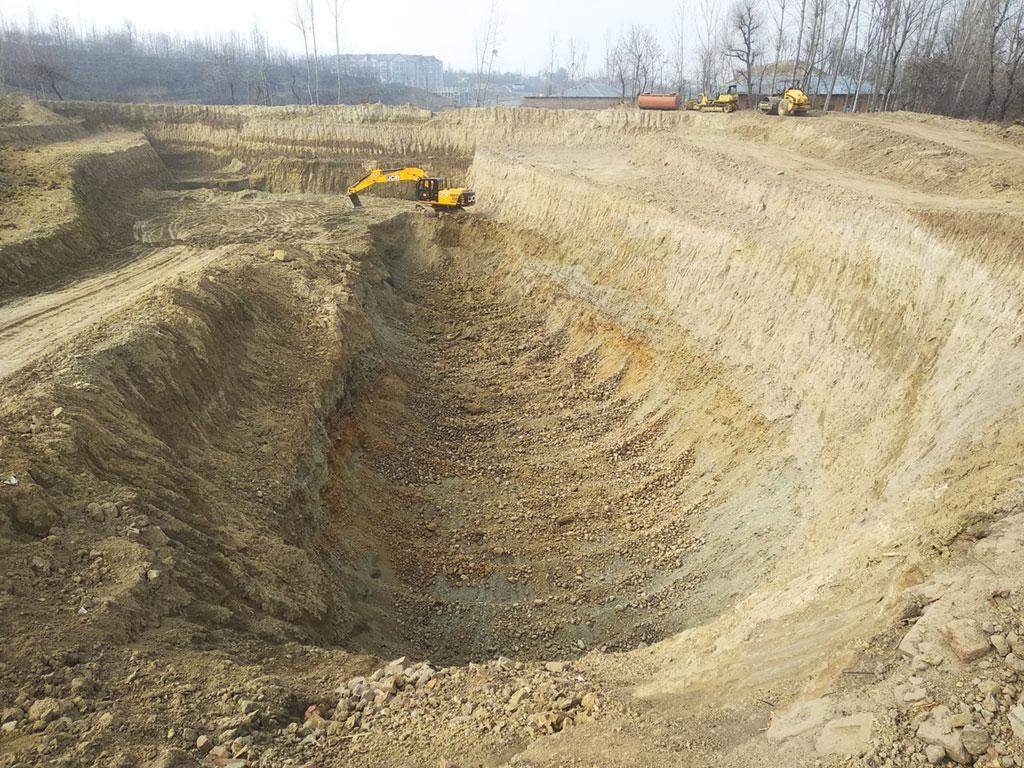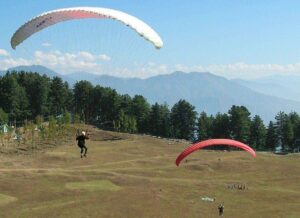Last Updated on March 6, 2022 at 1:55 pm
The charm and beauty of Kashmir valley is very well known and Kashmir in its lap has much picturesque view to visit.
Kashmir has a plateau-like landforms locally called as ‘Karewas’ and is an oval-shaped basin particularly in the Pir Panjal range of the Himalayas that borders the valley on the southwest. Karewas are 13,000-18,000 metre-thick deposits of alluvial soil and sediments like sandstone and mudstone. This makes them ideal for cultivation of saffron, almonds, apples and several other cash crops.
The Geologists said that Karewas of Kashmir were formed during the Pleistocene period that began about 2.6 million years ago and lasted until about 11,700 years ago. During this time valley of Kashmir was under water and resembled a massive lake. When the water of the valley got drained out through Khadanyar (Baramulla) , the huge mud deposits were left during this process which solidified and came to be known as Karewas with the passage of time.

Even being so archaeological important it is an unnoticed heritage of Kashmir and is being excavated to be used in construction. Srinagar airport is even located on one such plateau, in district Budgam, called Karewa Damodar. There is a huge threat to Karewas of Kashmir due to rapid increase in urbanization. Since many years Karewas in Pulwama and Budgam have been raised to ground, which is a plunder of these geological formations.
The authorities have failed to provide protection to such heritage site and are allowing excavation of soil and clay from Karewas.
Hamid Rather of Pattan, a social activist said that they are shocked why the government is using such fertile soil for filling at construction sites and most households in the district depend on the karewas for their livelihood. He further said that once destroyed, the karewas can never be restored and added that dust from the mining of karewas also settles in low-lying areas where people live and constant movement of diesel-guzzling trucks also causes pollution which leads to respiratory problems.
The continuous soil excavation from the Karewas has lead to extensive siltation of Jhelum river which then causes massive floods due to rise in the water level. As per reports, the Karewas of central Kashmir’s Budgam district are under the threat of extinction as the soil excavation work at these sites is rapidly increasing since the last more than two decades now.



